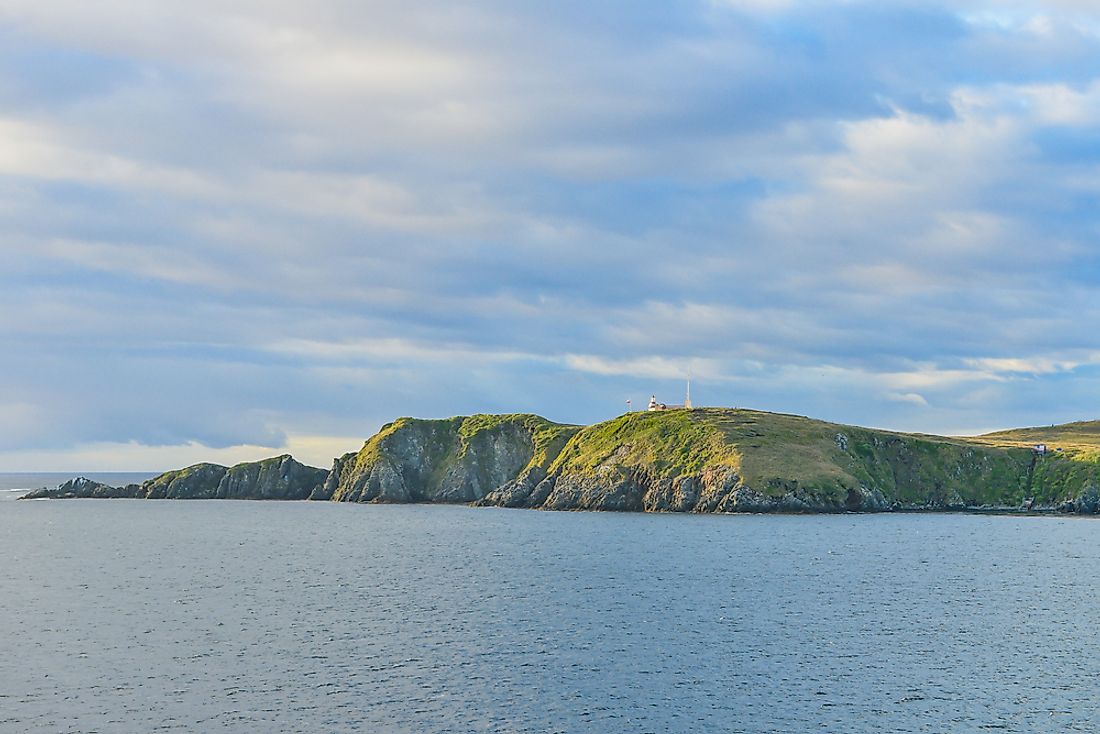Where is the Southernmost National Park in the World?

The southernmost national park in the world, Cabo de Hornos National Park, is located in southern Chile. The park occupies an area of approximately 155,906 acres of land and 7,331,706 acres of sea, and includes the Wollaston Islands and the Hermite Islands. Additionally, the Hermite Islands include Cape Horn, which is the southernmost point of South America and marks the northern boundary of the Drake Passage, where the Atlantic and Pacific Oceans meet. The national park has two major peaks, Cerro Pirámide and Cerro Hyde, which have elevations of 406 m and 670 m, respectively.
History of Cabo de Hornos National Park
The Cabo de Hornos region was first discovered by Isaac Le Maire, a merchant from the Netherlands in 1616. The park was established by the government of Chile on April 26, 1945, and is now managed by the Corporacion Nacional Foresta (CONAF). In 2005, UNESCO designated Cabo de Hornos National Park as a Biosphere Reserve, along with Alberto de Agostini National Park, which is also located in Chile.
Climate
Due to its southern location, Cabo de Hornos usually experiences a cool climate. The average annual rainfall and temperature in the park are approximately 5.2 °C and 1,357 mm, respectively. Precipitation is distributed almost equally throughout the year, although March is typically the wettest month. Winds with an average speed of 30 kilometers per hour blow throughout the year.
Flora and Fauna
Vegetation in Cabo de Hornos National Park is limited due to the region's harsh climate. In fact, very few trees grow within the park. The vast terrain of peatland includes lichen, mosses, and Poaceae (a type of flowering plant) as the primary forms of vegetation. Only a few types of trees, such as the Antarctic beech (the world’s southernmost tree), Winter's bark, and Magellanic coigüe grow in the protected area. Additionally, the extreme cold and harsh winds that blow through the national park do not support much animal diversity. The park is home to birds, such as penguins and kelp gull, while most mammals that live within Cabo de Hornos National Park are maritime mammals, including the leopard seal, marine otter, Chilean dolphin, and humpback whale.
Visiting Cabo de Hornos National Park
Cabo de Hornos is one of the most pristine and scenic areas in Chile. Visitors to the park must first reach Puerto Williams, which is considered to be the world’s southernmost town. There is much to see in the town itself, including its astounding landscape at the confluence of the sea and snow-capped mountains. The Yagan culture of the region is also interesting and unique. Puerto Williams acts as the gateway to Cabo de Hornos. There is no land access to the national park, but it can be reached by a 12-hour boat ride from Puerto Williams. Two authorized ports, Caleta Martial and Puerto Maxwell, allow access to the park. Trips that take tourists from Punta Arenas to Cape Horn also offer visits to Cabo de Hornos National Park.











